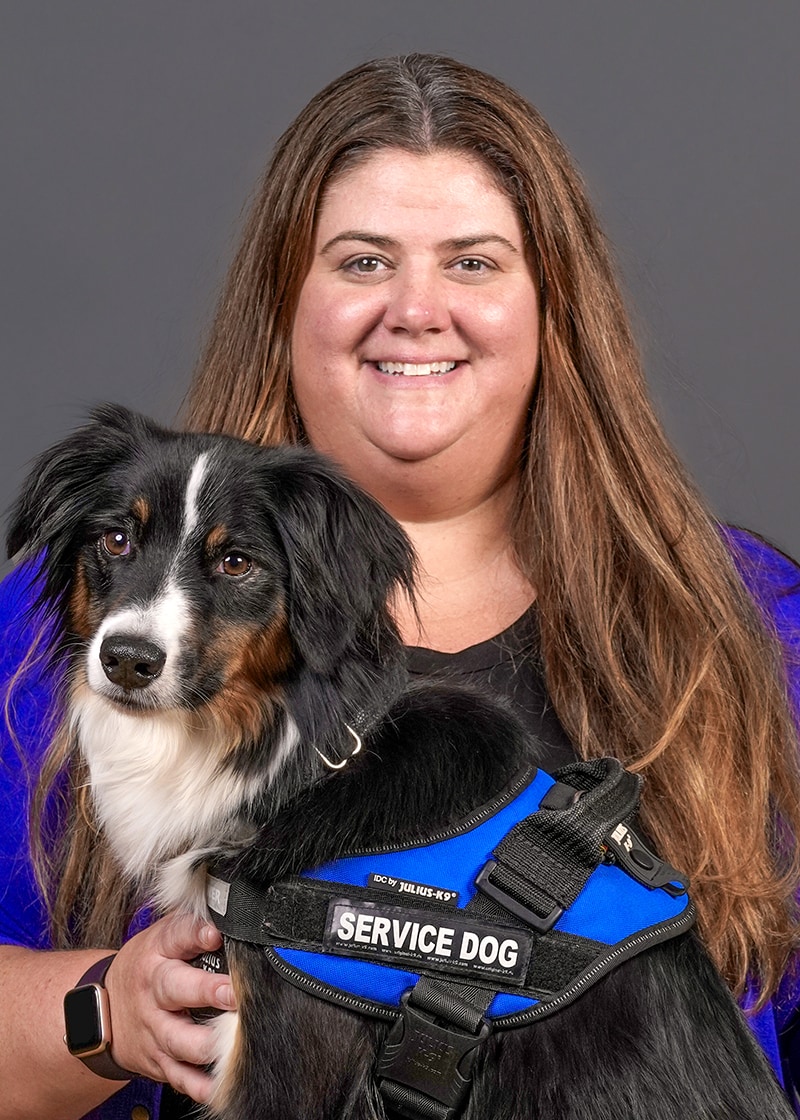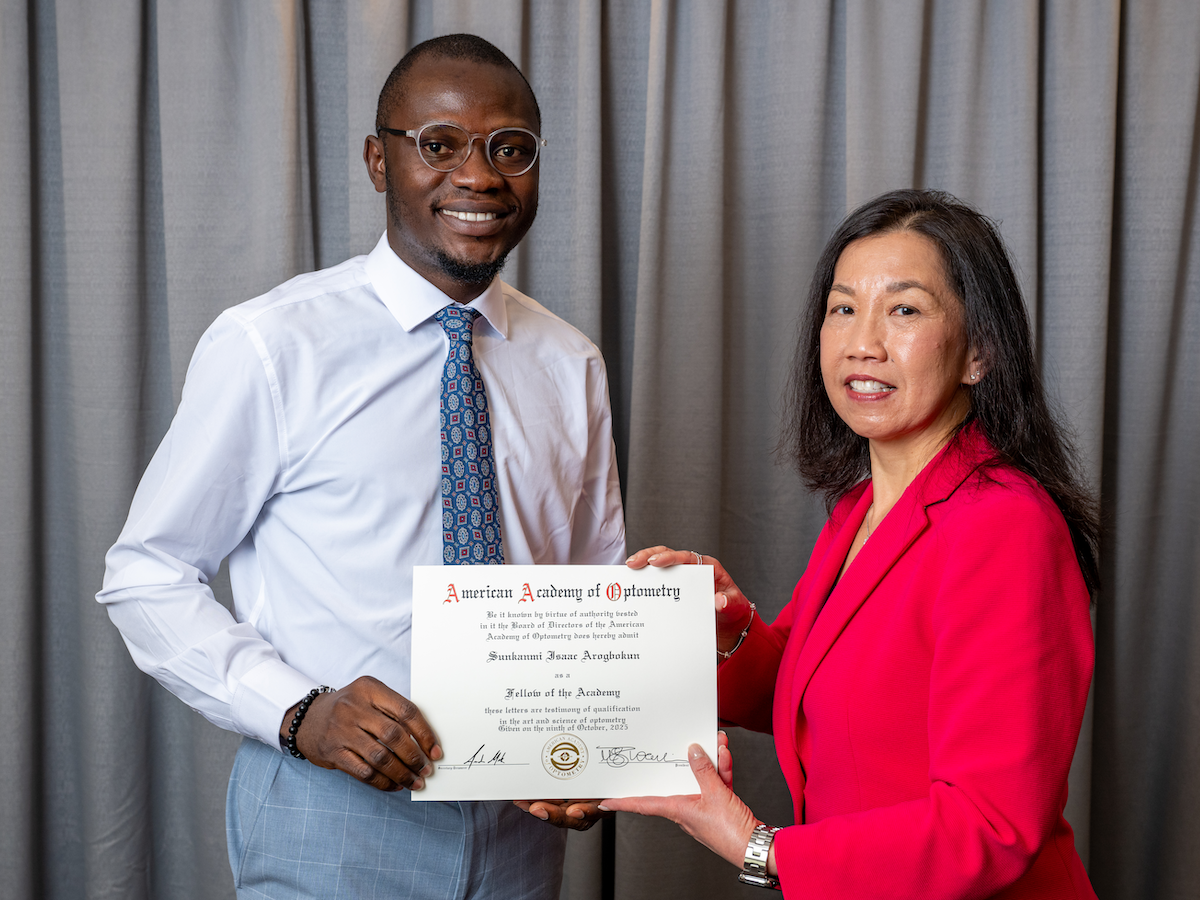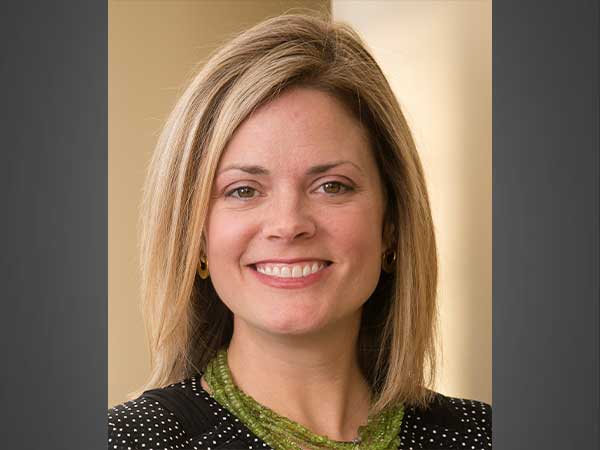
It has been a milestone summer for Dr. Meghan Mills, program director of the SHP Research Collaborative. Mills has received two grants – one from the National Institute on Disability, Independent Living, and Rehabilitation Research (NIDILRR) and a pilot award from CEDHARS – to lead pioneering research on healthcare accessibility for service dog handlers.
The CEDHARS-funded project, “A Pilot Exploration of Healthcare Accessibility for Service Dog Handlers,” will lay the groundwork for the larger, three-year, $750,000 NIDILRR study launching September 1. Together, the grants will address a rarely examined question: how people with disabilities who use service dogs navigate the healthcare system along with what barriers they encounter from both physical spaces and provider attitudes.
“We know people with disabilities experience barriers to seeking healthcare – ableism, inaccessible offices, and a lack of provider education,” Mills said. “Service dog handlers often face an added layer of discrimination because of the type of assistive technology they use.”
Mills’ prior research revealed that 88 percent of surveyed service dog handlers had experienced illegal access denials, including in healthcare facilities. Yet studies specifically examining service dogs in medical settings are scarce, and many providers lack basic knowledge about relevant ADA requirements.
“Not allowing a patient to come to your office with a service dog is the same as telling someone they can’t bring their wheelchair,” Mills said. “Framing service dogs as assistive technology – not pets – helps providers understand the medical necessity.”
The one-year CEDHARS pilot will use qualitative focus groups to capture perspectives from two equally important groups: 32 healthcare providers and 32 adult service dog handlers from across the U.S. Participants will reflect diverse practice settings, geographic locations, disabilities and types of service dogs – from guide dogs to medical-alert dogs.
That qualitative data will directly inform the NIDILRR study, which will expand into a mixed-methods design. In year two, Mills’ team will develop survey instruments shaped by input from an advisory board of service dog handlers and healthcare professionals. The goal is to reach 500 handlers and 500 providers to produce one of the largest datasets ever collected on service dog use in healthcare.
“Your data is only as good as your survey questions,” Mills said. “I don’t want to assume I know the right questions to ask – I want to build them from lived experience.”
In its third year, the NIDILRR project will focus on dissemination – something the agency prioritizes beyond the academic sphere.
“Most people with disabilities aren’t reading scholarly articles,” Mills said. “We want to present findings in formats that are useful to healthcare providers, patients and the general public – whether that’s videos, fact sheets or quick-reference tools.”
Mills hopes the research could lead to provider training resources and even referral pathways for patients who might benefit from service dogs. Many clinicians who support the idea of service dogs still don’t know how to guide patients toward obtaining one.
“A service dog isn’t a good fit for everyone, but for the right person, it can be life-changing,” Mills said, noting the potential benefits extend beyond physical assistance to improvements in mental health, independence and quality of life.
For Mills, who is herself a service dog handler, the work is deeply personal. Both CEDHARS and NIDILRR support her role as principal investigator, valuing the perspective that comes from lived experience.
“I’m really grateful for both opportunities,” she said. “It’s research I’m passionate about, and it’s rare to see funders place such emphasis on involving people with lived experience at every stage.”
Her advisory boards for each project, made up of handlers, will meet bi-monthly to guide study design and interpretation. Mills says the collaboration is already fostering both professional insight and personal connections.
“I see it evolving into something that’s not just good research but also a strong community,” she said.
With recruitment for the pilot focus groups beginning this month and the NIDILRR project officially starting in September, Mills is prepared for a demanding but rewarding three years ahead.
“It takes longer to do research from the ground up,” she said. “But the quality of the data –and the impact it can have – will be so much greater.”

